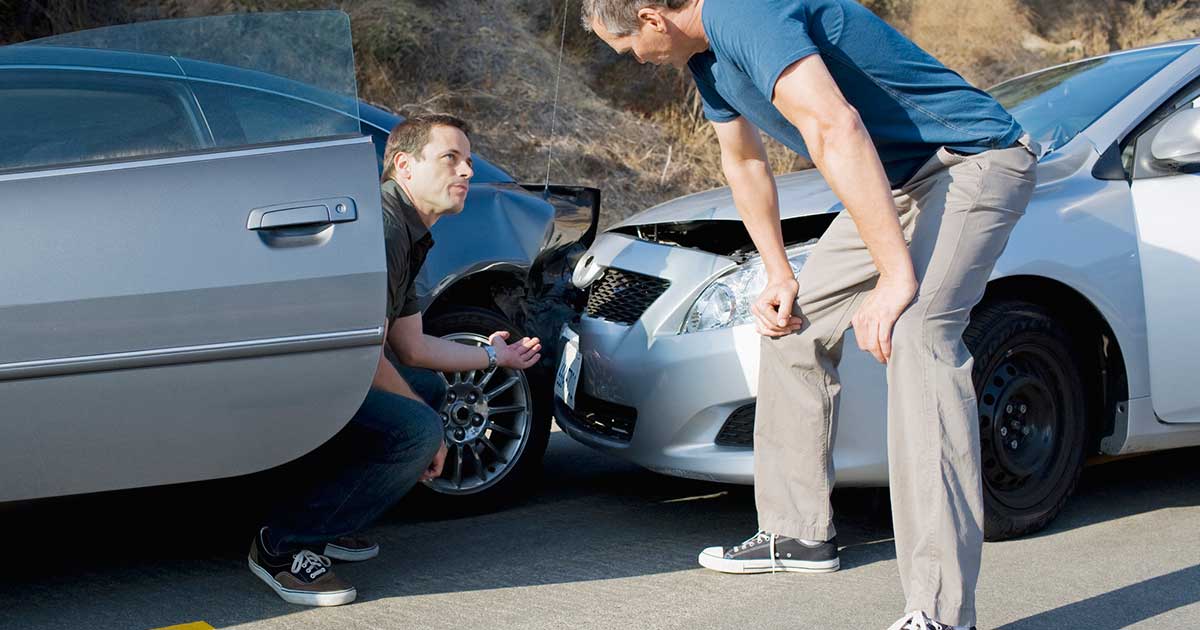What Will Determine Fault In Traffic Accidents?

Traffic accidents happen literally every single day. Most of them are just fender benders and they can easily be dealt with thanks to payments that are virtually automatic from insurance companies. However, in other more serious cases, complications appear and it becomes difficult to even establish fault. Things get even more complex when serious injuries are involved.
One of the most important things to remember is that whenever you are involved in a more serious traffic accident or you are injured, it is mandatory that you hire specialists, like truck accident lawyers. They are much better than you at determining fault and the right compensation amount since they know the law and they have experience with such accidents since they saw countless ones.
Figuring out Fault
In most cases, figuring out the party at fault is all about determining negligence (more commonly known as carelessness). In a vehicle accident, we have official rules that tell us how people are supposed to act when they drive their vehicle. This does imply liability and guidelines to measure it.
Road rules are practically traffic laws and everyone has to learn this or they cannot pass license tests. Every single state has a code that will apply to everyone on the road, including trucks, cars, motorcycles, bicycles, and even pedestrians.
Fortunately, in most cases, traffic rule violations are quite obvious. It simply is very clear who caused the crash. For instance, if a driver is running stop signs and then ends up crashing into another vehicle, it is obvious who was the party at fault.
Unfortunately, in other cases, it is not obvious who did something wrong and if a violation of traffic laws actually occurred. An example of this is when the crash happens as both drivers are merging into a traffic lane. With such crashes, negligence is determined based on an investigation. The party that is negligent is at least partially guilty of the accident.
Proving Negligence
It is the plaintiff in a personal injury case that needs to prove negligence. To do this, there are 3 elements that need to be highlighted:
- That the driver had to be careful in the situation in which the accident happened. This is usually a given because of the fact that the law requires all drivers to be cautious while at the wheel.
- That the party at fault was not careful and did not act in a reasonable manner.
- The conduct of the party at fault was the one that caused the injury.
These elements seem to be very simple at first glance but various circumstances are difficult to analyze. Never file a personal injury claim alone, even if this is allowed by law. This would always lead to the unwanted situation in which you receive a lower compensation than what you are entitled to.
The personal injury attorney will be able to help you because they understand fault and they always can calculate proper compensation. Also, they will help you during the entire legal process, including negotiating with insurance companies, which can be very difficult.





